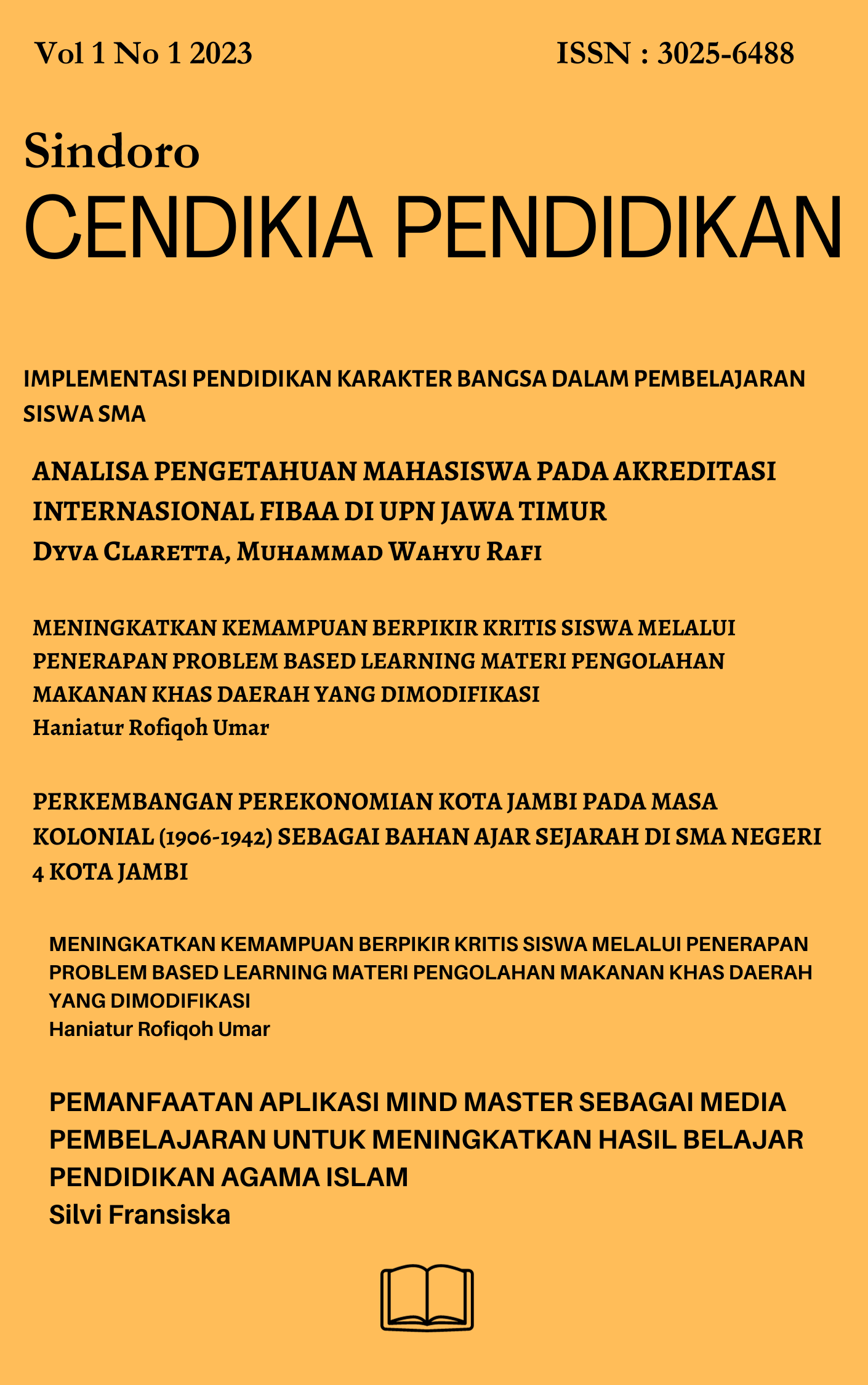HABITUS MEMBACA SISWA SMAN 2 DENPASAR
Main Article Content
Abstract
This study aims to examine students' reading habits in schools using the concepts of agents, structures, capital, realms of practice, and efforts made by the school. Students' reading habits are influenced by interactions between agents, such as students, teachers, and parents, as well as social and cultural structures in the school environment. The social, cultural, and economic capital possessed by students plays an important role in shaping their reading habits. In addition, the realm of reading practices formed in schools, through literacy programs and facilities provided, also plays a role in influencing these habits. Thus, these factors are interrelated and shape the reading habitus that exists in students. In addition, this study is expected to provide deeper insight into the factors that shape students' reading habits. The role of efforts that can be made by schools in fostering positive reading habits among students. Schools have an important role in creating an environment that supports students' reading habits through various policies and initiatives. One effort that can be made by schools is to create a structure that supports reading habits through targeted policies, innovative reading programs, and the provision of adequate facilities. The results of this study are expected to not only provide a deeper understanding of how students' reading habits can be formed, but also provide practical suggestions for schools to improve students' reading habits. These steps are expected to help schools in creating a better literacy culture among students.
Article Details

This work is licensed under a Creative Commons Attribution-NonCommercial 4.0 International License.
This work is licensed under a Creative Commons Attribution-ShareAlike 4.0 International License.
Authors who publish with this journal agree to the following terms:
- Authors retain copyright and grant the journal right of first publication with the work simultaneously licensed under a Creative Commons Attribution License that allows others to share the work with an acknowledgement of the work's authorship and initial publication in this journal.
- Authors are able to enter into separate, additional contractual arrangements for the non-exclusive distribution of the journal's published version of the work (e.g., post it to an institutional repository or publish it in a book), with an acknowledgement of its initial publication in this journal.
- Authors are permitted and encouraged to post their work online (e.g., in institutional repositories or on their website) prior to and during the submission process, as it can lead to productive exchanges, as well as earlier and greater citation of published work
References
Buku;
Adyanata Lubis. (2016). Habitus dan Masyarakat.Yogyakartaz:xDeepublish.
Daryanto. (2011). Ilmu Komunikasi. Bandung: Percetakan Satu Nusa.
Depdiknas. (2003). Undang-undang RI No.20 tahun 2003. tentang sistem pendidikan nasional Jakarta: Prenadamedia.
Soedarso. (2006). Speed Reading: Sistem Membaca Cepat dan Efektif. Jakarta: PT. Gramedia Pustaka Utama.
Somadayo, Samsu. (2011). Strategi dan Teknik Pembelajaran Membaca. Yogtakarta: Graha Ilmu.
Sugiyono.(2013). Metodelogi Penelitian Kuantitatif, Kualitati Dan R&D. Bandung : ALFABETA.
Sutarno N.S. (2003). Perpustakaan dan Masyarakat. Jakarta : CV Sagung Seto.
Zuchdi, D. (2008). Strategi Meningkatkan Kemampuan Membaca Peningkatan Komprehensi. Yogyakarta. UNY Press.
Jurnal;
Alim, Bahri. (2009). Sistem Pembelajaran Abad 21 dengan “Project Based Learning (PBL)”. 46 – 51.
Rosalina, Sinta (2021). Analisis program GLS dalam menumbuhkan habitus membaca kelas V di SDN 08 Rejang Lebong. 43- 46
Siregar, Mangihut. (2016). Teori Gado-Gado Pierre-Felix Bourdieu. 79–82.
Krisdinanto, Nanang. (2014). PIERRE BOURDIEU Sang Juru Damai. 145.
Toyibah, Dzuriyatun. (2017). Habitus, Keagenan dan Partisipasi Politik
Mahasiswa Perempuan: Studi di Universitas Islam di Indonesia. 113.
Skripsi;
Amalia, F. (2017). Pengaruh Gerakan Literasi Sekolah ( Reading Groups) sebagai Program Penunjang Kurikulum Terhadap Peningkatan Kompetensi Berpikir Kritis dan Kreatif Siswa di SDIT Luqman Hakim International Yogyakarta. Skripsi Jurusan Sosiologi. Universitas Islam Negeri Sunan Kalijaga Yogyakarta.
Maiyasah, S. (2021). Minat baca siswa SDN 32 Banda Aceh pada masa pandemi Covid-19. Skripsi Jurusan PGMI. Universitas Islam Negeri Ar-Raniry Darussalam Banda Aceh.
Sari, P. (2016). Minat membaca siswa kelas XI SMK Negeri 1 Kebumen terhadap novel popular. Skripsi Jurusan Pendidikan Bahasa dan Sastra Indonesia. Universitas Negeri Yogyakarta.
Internet;
Badan Pusat Statistik. (2022). Indeks MembacaMasyarakatIndonesia.Jakarta Pusat : Badan Pusat Statistik. Kompas.com. Diakses pada13xJulix2024cdaris:xhttps://www.bps.go.id/id/statisticstable/2/MTQxNyMy/indeks-membaca masyarakat- indonesia.html.
Gumantia. (2019). Rendahnya Minat Baca Pada Siswa. Diakses padax13xJunix2024,dKompas.com.xDiaksesxpadax13xJulix2024,xdarix:xhttps://www.kompas.com/stuokmwzoinasmih4721/658585ebde948f38ab1axaa. aaaa75673/rendahnya-minat-baca-pada-siswa.
Hanna,M.(2021).KajianxkegemaranxmembacaxmasyarakatxIndonesia.xPerpusnas.xDiaksesxpadax13xJulix2024,xdarix:xhttps://www.perpusnas.go.id/newsdetail.php?lang=id&id=22052506195 7qln NHEStBx.

